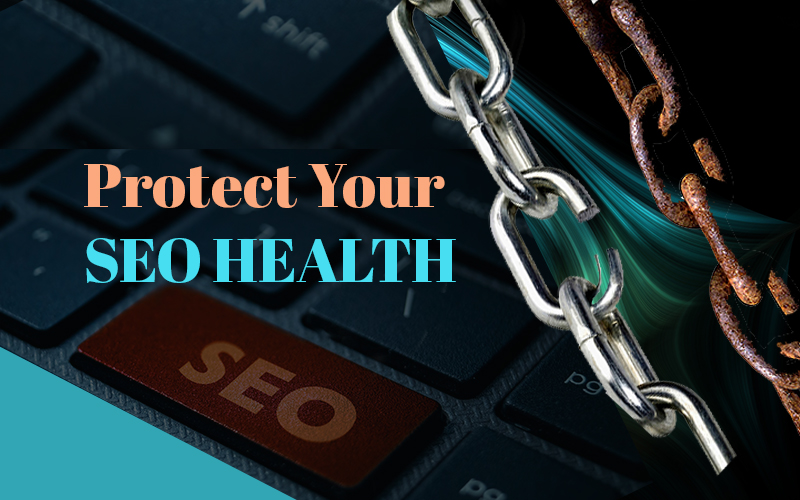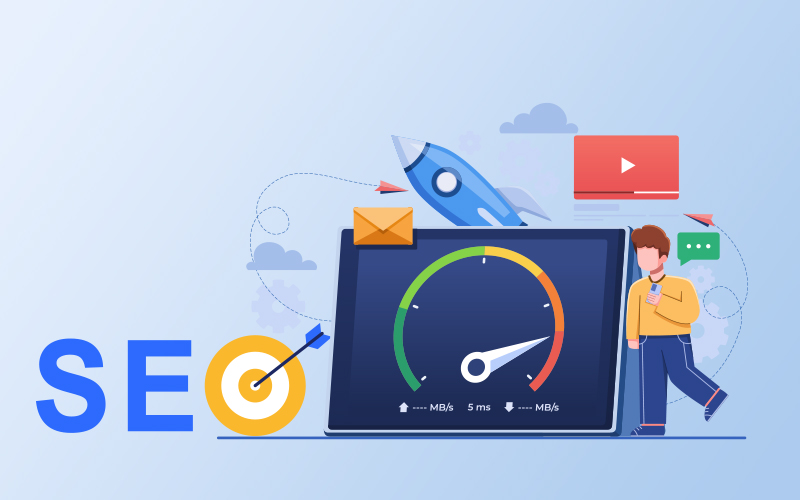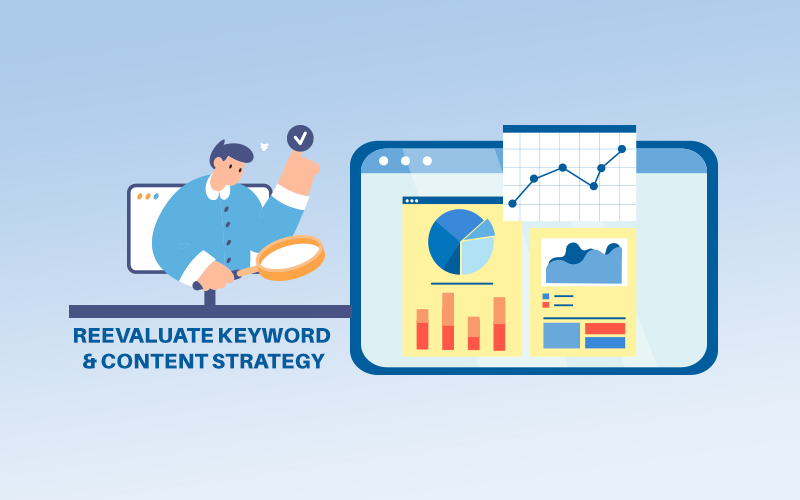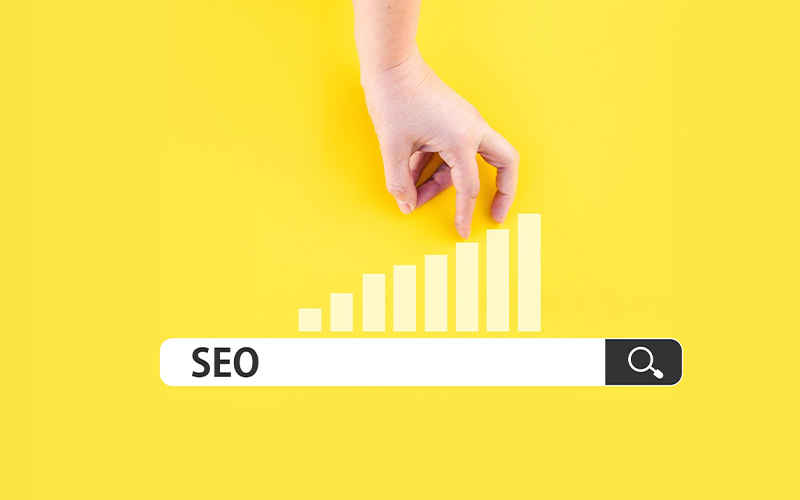As a website administrator or an owner, have you ever witnessed your website traffic cut down to half overnight, seemingly without any reason?
If you’re in the legal or healthcare space, it’s more than losing numbers—it’s also about losing clients, damaging credibility, and potentially big revenue loss. Google penalty recovery for legal and healthcare websites is critical when sudden ranking drops strike. These penalties and sudden algorithm updates can feel brutal, especially in industries where trust and compliance are paramount.
The good news? Recovery is possible. In fact, a penalty or ranking drop can become a wake-up call that pushes your website toward a healthier, more future-proof SEO strategy.
Smart Strategies to Help Legal and Healthcare Websites Recover after a Google Penalty/Update
There are no instant fixes, but well-laid out plans to reel out from the downsides. Follow these SEO strategies for healthcare websites after algorithm update:
- Diagnose the Type of Penalty

Before you gear up to fix the problem, it’s important to understand what the problem is at first. Penalties typically fall into any of these two categories:
- Manual Penalties: Direct action from Google reviewers, often for unnatural backlinks, thin content, or policy violations.
- Algorithmic Hits: Caused by sudden updates in Google’s algorithm (think core updates targeting quality, spam, or E-A-T issues).
Ensure to keep a constant eye on your Google Search Console for manual actions or sudden drops that align with algorithm updates.
- Audit Your Content for Quality and Compliance
Legal and healthcare content falls under YMYL (Your Money or Your Life), which means Google applies extra scrutiny. Thin, outdated, or misleading information can lead to sudden drop in rankings.
Action steps:
- Remove or rewrite low-value content.
- Ensure all medical/legal pages are written or reviewed by qualified professionals.
- Include author bios, credentials, and citations to enhance E-A-T (Expertise, Authoritativeness, Trustworthiness).
- Tidy Up Your Backlink Profile
Bad backlinks are a classic culprit of manual penalties. Spammy directories, irrelevant guest posts, or paid links can do real damage.
How to fix it:
- Leverage tools like Ahrefs, SEMrush, or Google Search Console to flag toxic links.
- By using Google’s Disavow Tool, you can request removals or disavow harmful links.
- Focus on earning high-quality backlinks from trusted industry sources, associations, or journals.
- Enhance Technical SEO & Site Health
Google penalties aren’t just about content. Technical issues like slow speed, broken redirects, and crawl errors can drop rankings too. Technical SEO fixes help ensure smooth performance.
How to fix:
- Run a site crawl with Screaming Frog or Sitebulb.
- Fix broken links, duplicate pages, and poor URL structures.
- Ensure HIPAA-friendly security (SSL) and mobile responsiveness.
- Optimize Core Web Vitals: loading speed, interactivity, and visual stability.
- Rebuild Trust Signals
Trust is everything for law firms and medical practices. Google realizes the importance and that is why signals like reviews, testimonials, and authoritative mentions weigh heavily.
Actions to take:
- Encourage happy clients/patients to leave Google reviews.
- Display professional certifications, awards, and affiliations.
- Keep contact information, disclaimers, and privacy policies on your site.
- Reevaluate Keyword & Content Strategy Post-Update
Sometimes an algorithm update simply means your keyword targeting is outdated. If your site was over-optimized for high-competition keywords, Google may demote you in favor of broader, context-rich content.
Try this:
- Conduct fresh keyword research (especially long-tail and local).
- Create topic clusters around core services (e.g. “personal injury claims process” or “pediatric telehealth options”).
- Use FAQs and structured data to capture featured snippets.
A well-rounded SEO recovery strategy ensures long-term success.
- Submit Reconsideration & Monitor Progress
If you received a manual penalty, once fixes are complete, submit a Reconsideration Request through Search Console. Explain your corrective actions clearly.
For algorithmic penalties, patience is key; improvements usually show after the next update or re-crawling cycle. In both cases:
- Monitor keyword rankings weekly.
- Track organic traffic and conversions (not just impressions).
- Keep a log of all fixes for accountability and transparency.
Final Thoughts
Recovering from a Google penalty or algorithm hit isn’t easy, but it isn’t impossible. With the right mix of content cleanup, technical fixes, and trust-building, you can climb back up the rankings, stronger than before.
For legal and healthcare organizations, the stakes are high, because every lead counts. By prioritizing compliance, transparency, and user experience, you won’t just recover but thrive in the long run.










